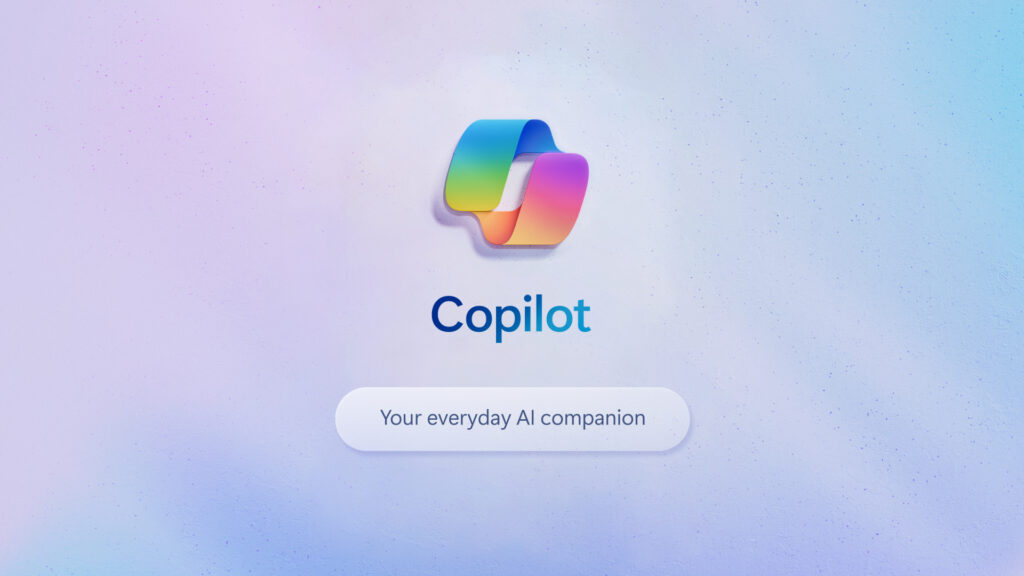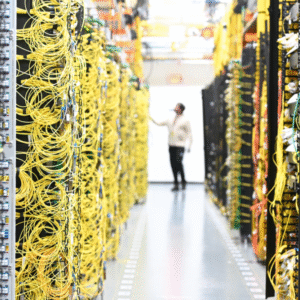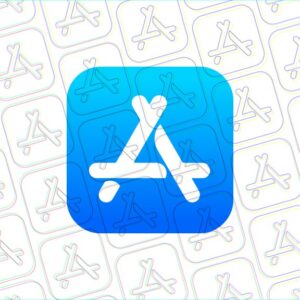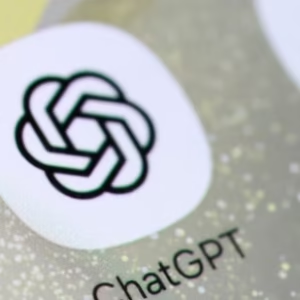April 18, 2025 — Microsoft has unveiled a major update to its Copilot Studio platform that could redefine how businesses approach task automation. The new “Computer Use” feature enables AI agents to interact directly with websites and desktop applications — just like a human — without requiring APIs or coding expertise. Now available in early access for select users, this breakthrough is expected to revolutionize how companies automate repetitive workflows.

What Is the “Computer Use” Feature?
The Computer Use capability allows AI agents in Copilot Studio to perform tasks by visually interacting with user interfaces: clicking buttons, typing into text fields, and navigating menus — whether on desktop software or web platforms. Unlike traditional automation tools that depend on APIs, this system mimics human behavior to complete tasks directly on screen.
For example, the AI can:
- Fill out online forms
- Enter data into legacy desktop applications
- Automate navigation across websites and software interfaces
Powered by Microsoft’s advanced large language models (LLMs), the system intelligently adapts to UI changes — such as a button moving or a website’s layout shifting — an area where older robotic process automation (RPA) tools often struggle.
Microsoft officially opened early access on April 18, 2025, with broader availability expected in the coming weeks.
How Businesses Can Use It
Microsoft’s update focuses on streamlining business operations by eliminating manual, repetitive work. Here are a few real-world use cases:
1. Data Entry
AI agents can extract information from various sources and input it into a centralized system — no need for human copying and pasting.
2. Market Research
The AI can automatically browse multiple sites, collect relevant data, and prepare it for analysis, saving analysts hours of manual effort.
3. Invoice Processing
Instead of entering invoice details manually, the AI can extract and record the information directly into accounting tools.
Microsoft’s Charles Lamanna, Corporate Vice President for Business and Industry Copilot, explained the vision clearly:
“If a human can complete the workflow, the agent can too.”
That accessibility opens the door for businesses of all sizes — including those using legacy systems without modern API integrations — to harness powerful automation.
Why This Feature Stands Out
There are several reasons the Computer Use feature is drawing attention:
- No Coding Required: Users can describe a task in natural language (e.g., “Log into the dashboard and download the monthly report”), and the AI figures out how to execute it.
- Runs on the Cloud: Built into Microsoft’s cloud infrastructure, the feature doesn’t require businesses to manage servers or install local software.
- Real-Time Adaptability: The AI dynamically adjusts to interface changes, avoiding the fragile, rule-based systems that often break when designs shift.
Importantly, Microsoft also emphasized data privacy — enterprise data processed through Copilot Studio stays within Microsoft’s cloud ecosystem and is not used to train AI models.
Early Reactions and Technical Challenges
The feature’s announcement was met with enthusiasm across social media and tech forums. One user on X called it
“A revolutionary step for AI automation.”
Still, concerns remain about the reliability of Copilot across different environments. Some developers have reported issues with Copilot’s behavior in tools like Visual Studio Code — where commands to disable it weren’t always respected. While these problems are unrelated to Computer Use, they underscore the importance of delivering a stable, transparent AI experience.
Another hurdle is user onboarding. Despite its no-code promise, users still need to learn how to define and refine tasks. Microsoft is easing this process by offering a visual interface for building, testing, and improving automation — aimed at empowering non-technical employees.
What’s Next for Copilot Studio?
This feature is part of a broader push by Microsoft to bring AI into the workplace. Earlier this month, the company launched “Actions” for its consumer-facing Copilot, automating tasks like making reservations or sending emails.
However, Computer Use is far more versatile, supporting a wider array of applications and browsers — including Microsoft Edge, Google Chrome, and Firefox.
Microsoft is also partnering with UiPath to integrate Copilot Studio with other automation tools. This could create seamless, cross-platform workflows that blend visual automation with structured backend processes.
As the rollout continues, the feature is expected to:
- Support more complex tasks and workflows
- Become available to a wider user base
- Integrate with other Microsoft 365 tools and enterprise platforms
A Step Toward Smarter Workplaces
The Computer Use feature represents Microsoft’s commitment to practical, enterprise-ready AI. It takes on the everyday tasks that eat up time and offers a scalable, adaptable solution for businesses across industries.
With early adopters already testing it and more companies gaining access soon, Copilot Studio’s new AI agent could dramatically transform how work gets done — making automation truly accessible, intelligent, and user-friendly.
Reference Links
- Microsoft Copilot Blog Announcement
- The Hans India – Tech News
- Business Today Report
- TechRadar Feature Overview









